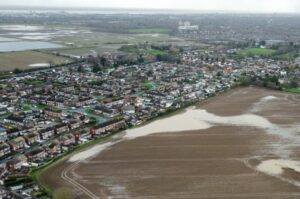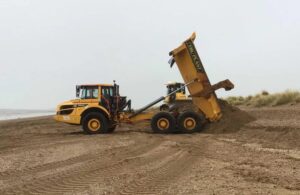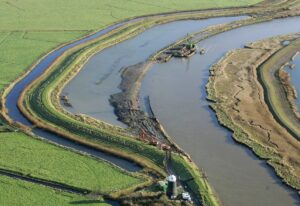Computer Modeling for Better Flood Protection
In a new study published in Nature Climate Change, international researchers led by Dr. Philip Ward of the Institute for Environmental Studies at the VU University Amsterdam, review how global flood risk models are being used in practice to reduce flood impacts around the world.
Deltares expert global & regional flood risk modelling and analysis, Hessel Winsemius has been part of this team of researchers en is therefore one of the co-authors.
Dr. Philip Ward: “It’s great to see that the science we’ve been developing for the last few years is now really making a difference on the ground. We are working together closely with many international organisations, like the Red Cross, World Bank, and reinsurance companies, to contribute to reducing flood risk.
Together with Deltares, World Resources Institute, PBL Netherlands Environmental Assessment Agency, and Utrecht University, we are now also developing free and easy to use web-tools, like the Aqueduct Global Flood Analyzer, to make our science easily accessible to all.”
The World Bank Group (WBG) and the Global Facility for Disaster Reduction and Recovery (GFDRR) are using these models to improve national-level decisions on disaster risk management.
Dr. Alanna Simpson, Senior DRM Specialist, and co-author of the study states: “We often need information on flood hazard and risk rapidly to respond to Government requests for information – sometimes within days or weeks. This information may be used to prioritize investment in risk reduction or to understand which areas may have received the greatest damage from a recent flood event.
Traditional flood modelling requires a significant investment in resources and time to produce results, and these new models allow us to answer some questions rapidly while we still have the attention of the decision-maker. Clearly there are limitations associated with global models, especially with their use at local levels, but certainly this approach represents a massive step forward in understanding and managing disaster risks.”
As the world’s population continues to grow, and the climate changes, the impacts of floods are expected to worsen. However, that trend can be broken if effective flood risk management strategies are adopted.
Global flood risk models can help in developing those strategies, especially when scientists and users work together towards a common goal of disaster risk reduction.








